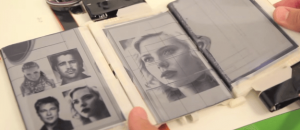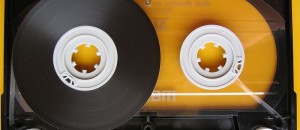Hypothetically speaking, let’s say law enforcement receives information about a potential threat at an event. The source of the threat turns out to be a rogue sniper, who fires a weapon from afar. Being able to pinpoint the exact location from where the gunfire originated is going to take some time and much of highly trained technicans. A team of computer engineers from Nashville’s Vanderbilt University are trying to change that with a unique smartphone system that can determine the source of gunfire.
The system is actually based on one created years ago, it involved microphone modules that work in tandem to create a wireless network. The modules were attached to helmets, and they recorded information from nearby gunfire such as shockwaves generated by a bullet moving through the air. The modules essentially pool the collected data and use it to triangulate the source of the gunfire, or in many cases the location of the shooter.
The same team who created the original setup, is now working on the smartphone model. The project is headed up by Professor Akos Ledeczi.
Apparently the new system uses the same type of modules, only they’re connected to smartphones instead of military helmets. The modules record audio from the gunfire, and various measurements and then send that information along with the current time to a phone via Bluetooth. A network of synchronized phones will then communicate in order to determine where the shots originated from.
Unfortunately, the system requires multiple phones in order to work which means it’s only usable by groups. To translate, that means it would be useful to military squads, security teams and even police units.
Apparently there are two different versions of the system, one that takes advantage of multiple phones, and another that takes advantage of a pair of phones. Obviously the latter version requires multiple modules be equipped on a single device and it’s less accurate.
Still, this is certainly a neat example of how technology can prove useful in the modern age. I wonder how long it will take until something like this is implemented in the latest and greatest smartphone. Samsung, you’re usually into equipping your devices with unconventional features- any interest — so how about it?
[via Vanderbilt University, Gizmag]

 Email article
Email article



